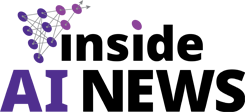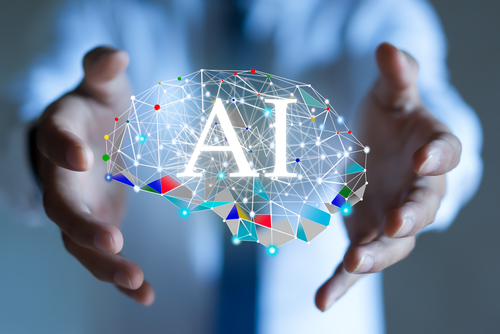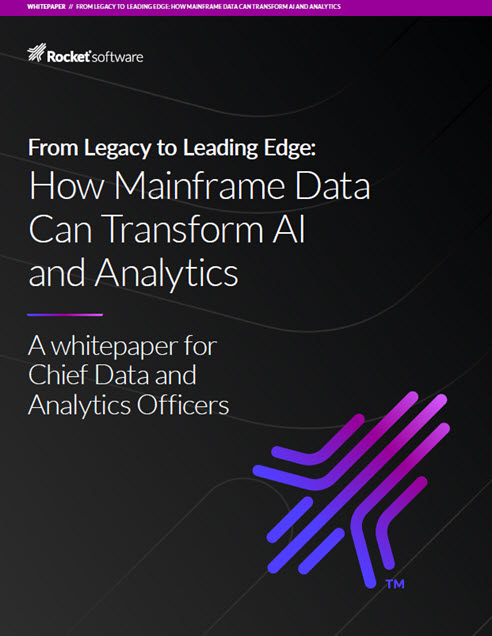Many organizations follow an old trend to adopt AI and HPDA as distinct entities which leads to underutilization of their clusters. To avoid this, clusters can be converged to save (or potentially eliminate) capital expenditures and reduce OPEX costs. This sponsored post from Intel’s Esther Baldwin, AI Strategist, explores how organizations are using converged HPC to combine HPC, AI, and HPDA workloads.
New Io-Tahoe White Paper Designed to Help Prepare for CCPA
There’s no denying it. Big data, and the resulting applications and technology have not only made consumers’ lives easier, but have also created new revenue streams for enterprises across all sectors. That said, the explosion of data has also created concerns around data privacy and cyber security, and has gotten the attention of regulators. Download the new report, “6 Steps: Getting Ready for CCPA,” courtesy of Io-Tahoe, to learn more about today’s new data privacy regulations to better protect your enterprise.
AI-Driven Data Catalogs: How to Find the Right one for Your Business
The commoditization of data has opened a world of opportunities up for countless enterprises. But as big data explodes, metadata initiatives are failing, and data discovery and retrieval is getting more and more difficult. A new white paper from IO-Tahoe explores data catalogs as a potential answer to this challenge.
CDO Role Evolving as Data Becomes Driving Force for Many Companies
The job of Chief Data Officers is changing and evolving at a rapid pace. The CDO role, in many cases, is one of the most important strategically for many businesses and organizations driven by data. A new white paper from Io-Tahoe explores the best approaches for CDOs to succeed in todays quickly evolving market.
3 Non-Obvious Keys to Being AI-Ready
Data scientists know what they are doing, and most organizations have no cause to worry about the soundness of their machine learning (ML) algorithms. Where AI readiness typically lags is in other parts of the process. In most organizations today, the process of building, deploying and maintaining AI systems bears no resemblance to traditional IT. Alegion explores three key strategies your business can employ to be AI-ready.
Distributed GPU Performance for Deep Learning Training
If there is a time deadline by which training must be completed, or if it simply takes too long to complete training, distributing the workload across many GPUs can be used to reduce training time. This flexibility allows GPU resources to be maximally utilized and provides high ROI since time to results can be minimized. HPE highlights recent research that explores the performance of GPUs in a scale-out and scale-up scenarios for deep learning training.
Building a Data Catalog: A Guide to Planning & Implementing
Building and implementing a data catalog can help your enterprises’ data community discover and use the best data and analytics resources for their projects. A data catalog can help businesses achieve faster results, and make better decisions. As for the next steps to address the importance of data catalogs in your business, Data.world covers that, as well, in a new report.
A ‘Pre-Flight Checklist’ for Machine Learning Training Data
Machine learning is often key to success for today’s institutions that rely heavily on data for success. But often, data science teams can have a difficult time convincing their organizations of the breadth and size of a training data challenge. A new report from Alegion walks through a checklist to review before helping your enterprise take the next step in machine learning.
Scaling Production AI
As AI models grow larger and more complex, it requires a server architecture that looks much like high performance computing (HPC), with workloads scaled across many servers and distributed processing across the server infrastructure. Barbara Murphy, VP of Marketing, WekaIO, explores how as AI production models grow larger and more intricate, server architecture gets more complex. Explore how tools like GPU clusters and more are moving the dial forward on AI.
AI Critical Measures: Time to Value and Insights
AI is a game changer for industries today but achieving AI success contains two critical factors to consider — time to value and time to insights. Time to value is the metric that looks at the time it takes to realize the value of a product, solution or offering. Time to insight is a key measure for how long it takes to gain value from use of the product, solution or offering.













